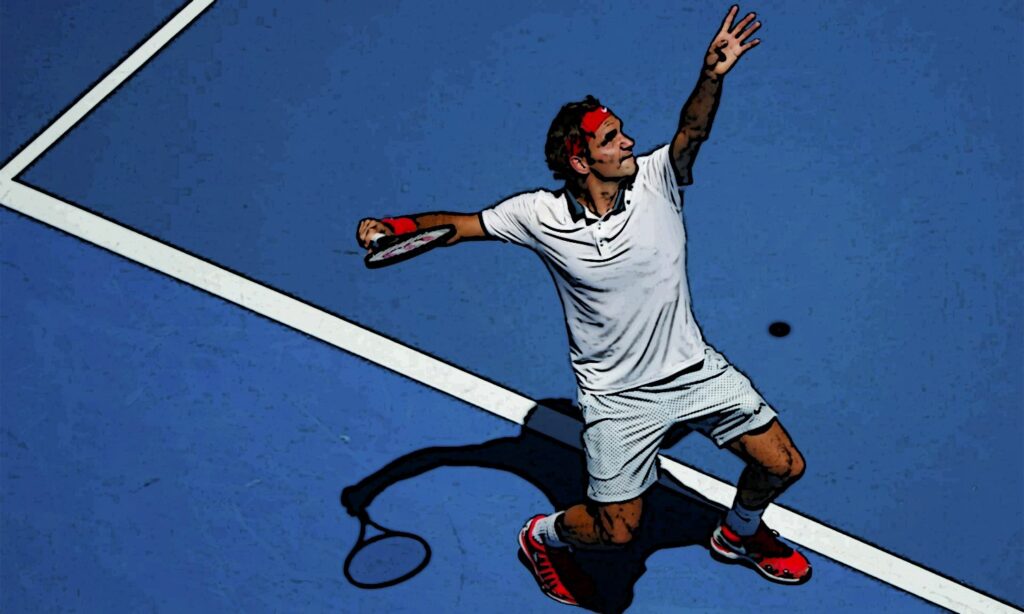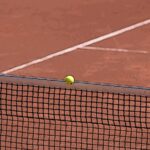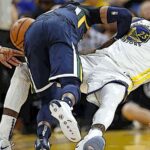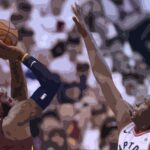Of all the skills necessary to become a good tennis player, the serve is the most difficult to master.
The basics are quite simple in that you need to hit the ball into the the diagonal service box.
While watching the pros, you’ll notice them tossing up the ball, time their jump and hit it on the way down.
With good control, they can direct the ball wide or towards the inside of the service box.
The harder and more deceptive the serve, the more it is challenging for the receiver to return the ball.
Ideally, the server can complete a successful serve on the first attempt.
If not, they get another crack at it on the same point.
Anytime a player needs another try, it’s the result of a service fault.
What is a Fault in tennis?
In tennis, a fault occurs during the serve attempt when the server doesn't meet the specifications as outlined in the rules. Common fault scenarios include failing to land the ball in the opponent's service box and stepping on or over the baseline (foot fault). Each server is granted a second service attempt per point, following a fault.
If a server faults on the second attempt, it is referred to a “double fault” and they concede the point to their opponent.
Furthermore, there are many reasons why the ball can fail to land in the opponent’s service box.
The ball can hit the net without crossing over to the opponent’s side. When it does cross over, the ball may land out of the service box on the vertical plane or the horizontal plane.
Fault vs Service Let
There is one situation in which the serve is neither considered valid nor is it a fault.
This happens when the ball hits the net, but still lands in the correct service box.
The chair umpire will call out the “let”, which signifies that the sequence was void and needs to be replayed.
The “let” can occur either on the first or second serve with one specific distinction.
If the server commits a “let” on the first serve, it’s as though the point was never played at all.
That is, they can commit as many “lets” on the first serve and still be allowed the second serve if they follow it up with a fault.
Meanwhile, if the let comes off the second serve, the original fault is still recognized.
Essentially, if they were to commit a service fault on the repeat attempt, it would be considered a double fault.
The service let is not only a courtesy call for the server, but also the receiver.
That’s because the receiver might not get the opportunity to return the ball if the ball drops in the service box right in front of the net.
There are other times that the ball barely grazes the top of the net, but it’s still called a let even though the receiver can play the ball.
Foot Fault Explained in Detail
As highlighted earlier, the foot fault is due to the server touching or stepping over the baseline prior to serving the ball.
It is very rare to see professional tennis players committing this error, but it remains nonetheless a fault.
What’s important to note is that players are allowed to jump up on the serve to get the extra leverage on getting the ball over the net.
Not only can they lean over the baseline on the jump, but they can land inside the court as well.
The key to avoid a foot fault is to make sure both feet stay completely behind the baseline before the racquet makes contact with the ball following the toss.
Final Thoughts
Service faults definitely take a psychological toll on the server when they come in bunches.
There are many professional tennis players who dominate their opponents simply because of their serve.
But when they face more challenging opponents, such as Rafael Nadal, Roger Federer and Novak Djokovic, they become flustered because they can’t serve ace after ace.
That’s when the mind games come into play and the server starts repeatedly faulting on their first attempts.
Usually, they elect to go with the safer “slice serve” option on the second attempt to avoid double faulting.
The problem is that it leaves the server vulnerable to giving up control on the rally.
This is especially problematic to players that have a great serve, but poor rallying skills.
I’ve seen too many dominant servers fold to players with a solid return and groundstroke game.
The most agonizing part is watching the server commits too many faults late in the match and folding due to unprovoked errors.






